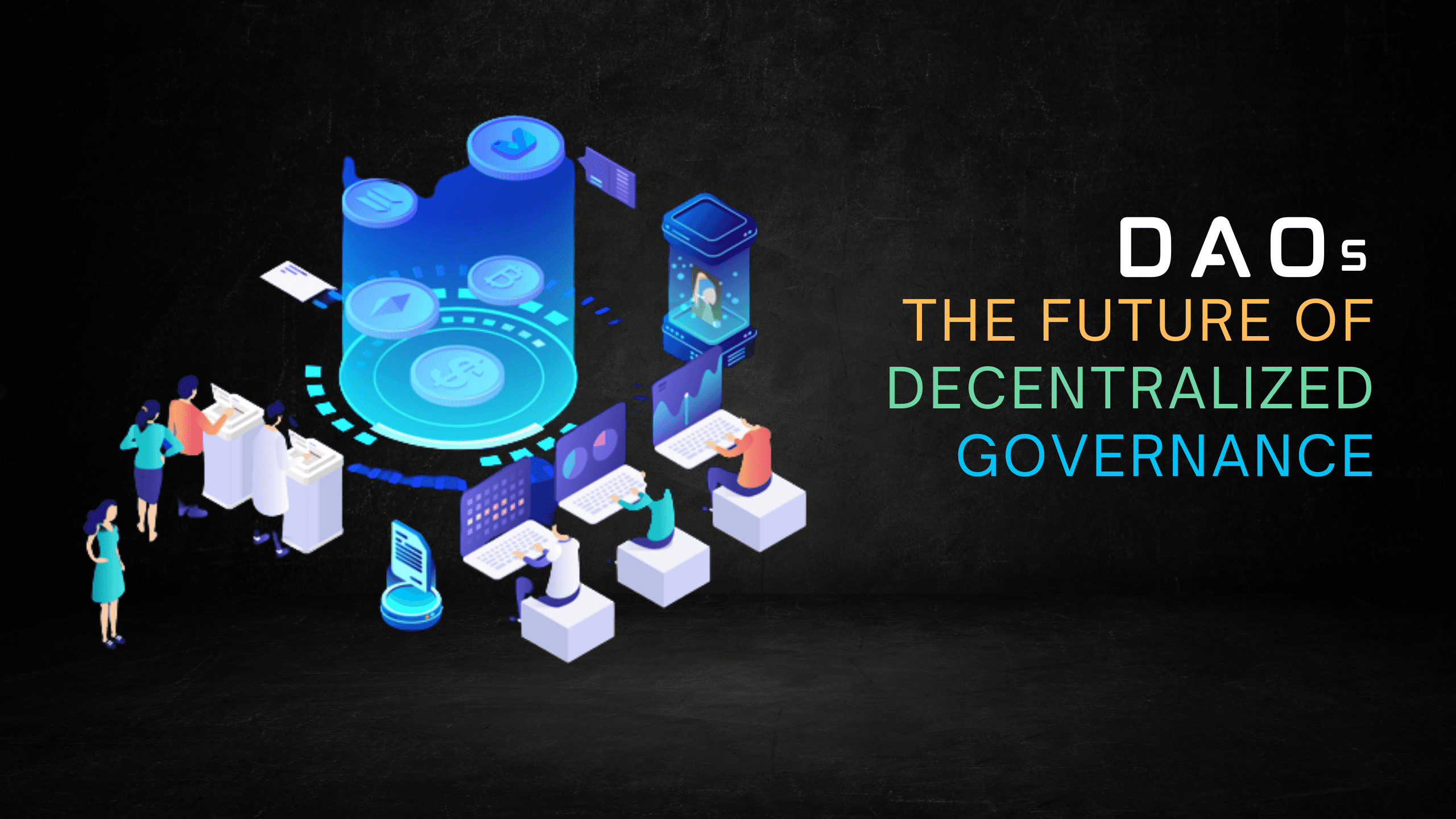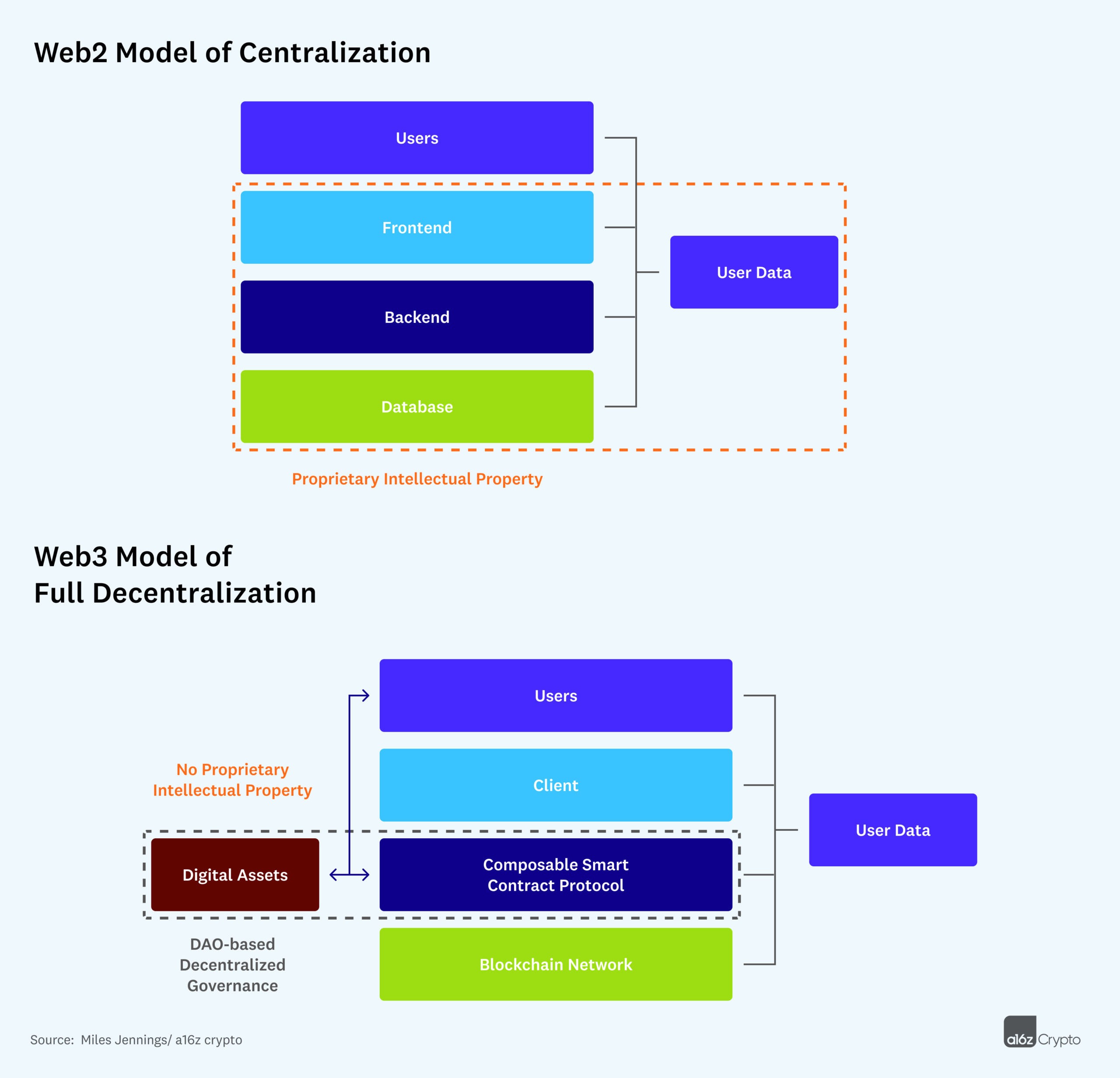Unpacking The DAO Shift: How Decentralized Governance Is Reshaping Web3 DeFAI's Future
The decentralized autonomous organization, or DAO, has been a cornerstone of the Web3 ecosystem since its inception. A DAO is a self-governing, community-driven organization that operates on a blockchain, allowing for peer-to-peer transactions and decision-making without the need for intermediaries. However, the traditional DAO model has been criticized for its centralized governance structure, which can lead to vulnerable decision-making processes and lack of accountability. In recent years, a shift towards decentralized governance has emerged, revolutionizing the way DAOs operate and paving the way for a more robust and resilient Web3 future.
The shift towards decentralized governance is not just a reactive response to past failures, but rather a proactive effort to create a more inclusive, transparent, and accountable decision-making process. By leveraging cutting-edge technologies such as token-based voting systems, multi-stakeholder governance models, and artificial intelligence, DAOs can ensure that decision-making processes are truly decentralized and inclusive.
In this article, we will delve into the world of decentralized governance, exploring its key concepts, benefits, and applications. We will also examine the current state of the DAO landscape, highlighting success stories and best practices that can inform the future development of Web3.
The Traditional DAO Model: Centralized Governance and Vulnerabilities
The traditional DAO model is characterized by a centralized governance structure, where a small group of decision-makers, often referred to as the "core team," has control over the organization's decisions. While this model can be effective in certain contexts, it is fraught with vulnerabilities that can lead to:
- Lack of accountability: Centralized decision-making processes can lead to a lack of accountability, as decision-makers may not be held accountable for their actions.
- Vulnerability to manipulation: Centralized governance structures can be vulnerable to manipulation, as decision-makers may be influenced by external factors or biases.
- Limited stakeholder participation: Traditional DAO models often limit stakeholder participation, leading to a lack of diverse perspectives and decision-making processes.
The Shift Towards Decentralized Governance
In recent years, a shift towards decentralized governance has emerged, aiming to address the limitations of traditional DAO models. This shift is driven by the need for more inclusive, transparent, and accountable decision-making processes.
Token-Based Voting Systems
Token-based voting systems are a key component of decentralized governance, allowing stakeholders to participate in decision-making processes through token-based voting. These systems enable stakeholders to express their opinions and vote on proposals, ensuring that decisions are made in a fair and transparent manner.
Multi-Stakeholder Governance Models
Multi-stakeholder governance models are another key component of decentralized governance, aiming to bring together diverse stakeholders to make decisions. These models can include representatives from various groups, such as community members, investors, and experts, ensuring that a wide range of perspectives are represented.
Artificial Intelligence and Automation
Artificial intelligence and automation are also playing a significant role in decentralized governance, enabling stakeholders to make decisions more efficiently and effectively. AI-powered systems can analyze data, identify patterns, and provide recommendations, allowing stakeholders to make more informed decisions.
Success Stories and Best Practices
There are several success stories and best practices in decentralized governance that can inform the future development of Web3. For example:
- The Tim Berners-Lee's Solid Project: The Solid Project is a decentralized platform that enables users to control their data and make decisions about how it is shared.
- The DAO's New Governance Model: The DAO has implemented a new governance model that leverages token-based voting systems and multi-stakeholder governance models to ensure more inclusive and transparent decision-making processes.
The Future of Web3: Decentralized Governance and Resilience
The shift towards decentralized governance is not just a reactive response to past failures, but rather a proactive effort to create a more resilient and robust Web3 ecosystem. By leveraging cutting-edge technologies and best practices, Web3 can ensure that decision-making processes are truly decentralized and inclusive.
In conclusion, the DAO shift is a pivotal moment in the evolution of Web3, marking a significant shift towards decentralized governance and more resilient decision-making processes. As we look to the future, it is clear that decentralized governance will play a critical role in shaping the future of Web3.
Katiana Kay Age
Jelly Beanrome
Aiden Allen Rawls
Article Recommendations
- Kimol Song
- Candy Mansoneath
- Karlan Connieenio
- Who Isavid Muir Wife
- Constance Meester
- Tell Me Atory Kpkuang
- Madi Ruve
- Ileo Roselliott Married
- Mykie And Anthony
- Nora Bint Mohammad Binalman Alaud



